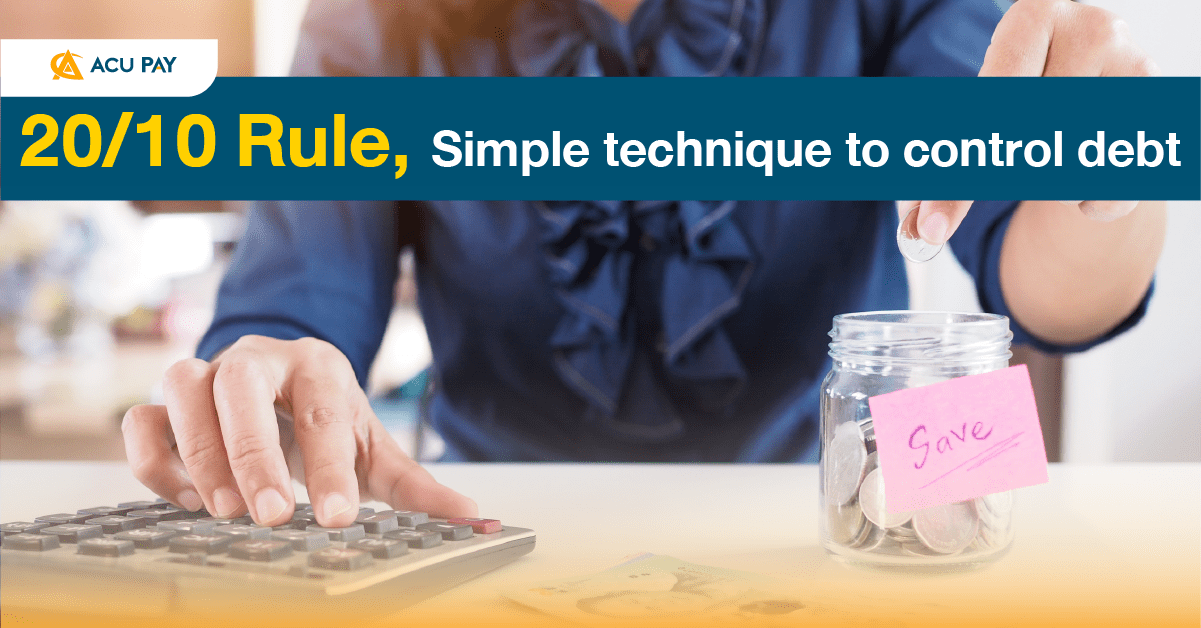

A lot of people don’t want to take out loans but sometimes a loan is necessary to make finance more liquid. Having debt is not always a bad thing. If you make the right amount of debt and repay it on time, it will help to build discipline and appreciation for money. To control the debt ceiling or the amount of debt not exceeding the appropriate limit, we can assess it on our own with the 20/10 rule, also known as the Debt Ceiling Control rule.
The 20/10 rule is to control the debt ceiling, which helps us to understand how much debt we should have. The 20/10 figure means that our debt obligations should not exceed 20% of our full-year income, nor should we pay debt more than 10% of our monthly income.
For example, Mr. A has an income of 30,000 baht per month or 360,000 baht per year, let’s say net annual income after tax payment and other tax deductions is 235,500 baht. So if you are going to get a loan, Mr. A should not create more than 20% x 235,500 = 47,100 baht per year.
For example, Mr. A has a total net income of 250,000 / 12 months, which means that Mr. A has a monthly net income of 19,625 baht. Each month, Mr.A should not repay the debt of more than 10% of the net monthly income of 19,625 baht. Thus, Mr. A should not repay the debt of more than 1,962 baht.
It has to be said that the 20/10 rule applies only to debt that is for consumption or comfort such as credit card debt, shopping, telephone bills, membership fees, and car installments because these types of liabilities do not generate income, which does not include good liabilities such as
Knowing how to apply the 20/10 rule will help control the debt ceiling, help us distinguish between bad and bad debt, and also make you prudent before creating consumption debt. The key to making the 20/10 rule work is financial discipline. The chances of good financial health are no longer difficult.